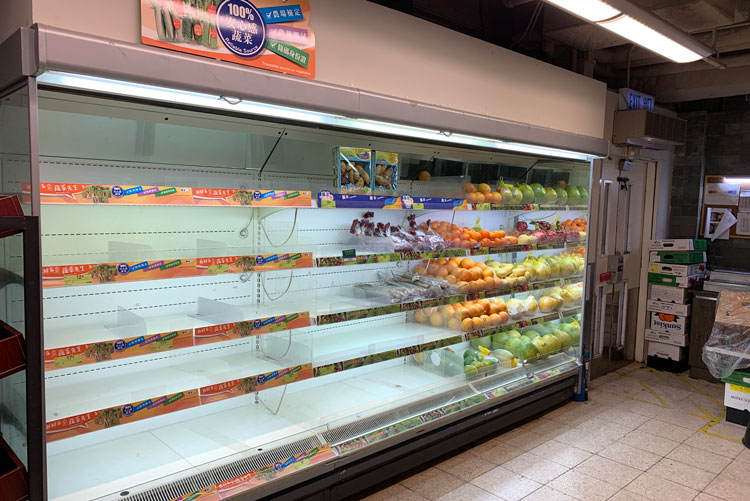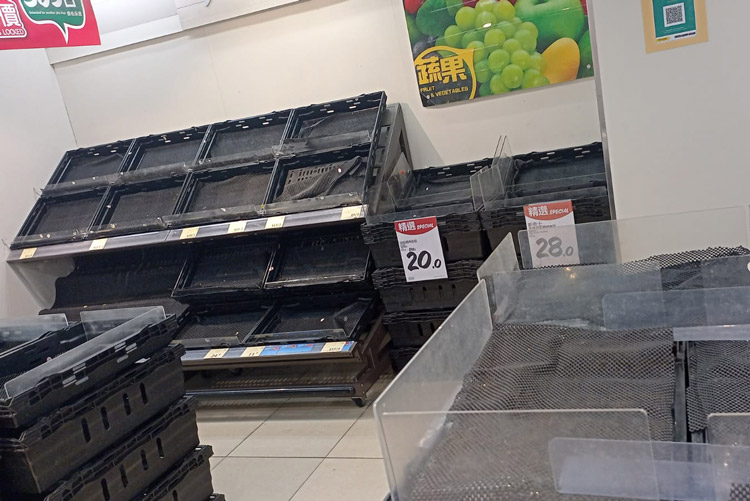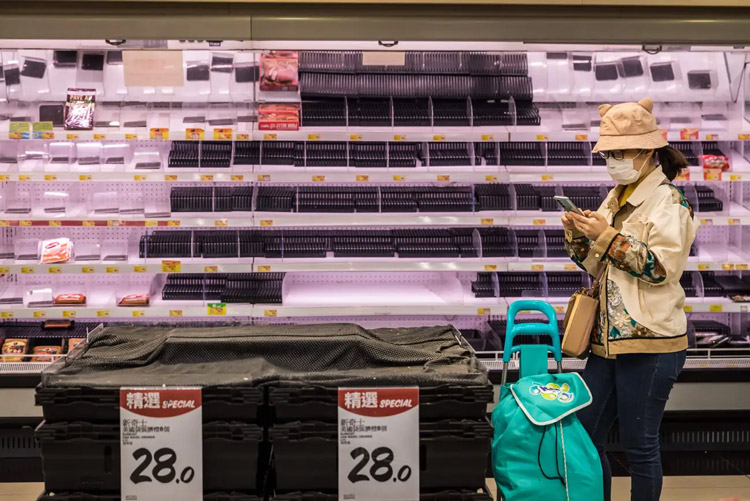The anxiety of a citywide lockdown due to COVID has driven the population into another round of panic buying, leaving a trail of empty shelves in their wake.
This is not food shortage. Many reports have shown that people flock to the shops because they are “worried about the shortage of food supply”. This has happened before in the early days of the pandemic and every time there is uncertainty on the horizon. Panic buying is a way for people to assert control in an unpredictable environment – mixed messages of lockdown and the lack of transparent contingency measures create anxiety contributing to the knee-jerk reaction.
This sense of scarcity is amplified in media reports and social media outlets where photos of empty shelves dominate news feed. A combination of loss aversion (FOMO – fear of missing out) and herd mentality drives people to hoard. Stockpiling food creates immense pressure on supply chains, no system could deal with such a sudden spike in demand – not even the two largest supermarket chains which dominate with 70% of the market share in Hong Kong. Panic buying drives up prices and take resources away from those who need it, while hoarding eventually leads to decay and waste.
The larger question that we need to address is food security – “when all people, at all times, have physical and economic access to sufficient safe and nutritious food that meets their dietary needs and food preferences for an active and healthy life.” (FAO 1996).
The city has stock of 15 days of rice but this emergency measure is not enough to fulfil the needs of the city. Our 95% dependency on imports is a huge vulnerability in our food system, and continual neglect to invest in local potential digs us deeper in our graves. Shortening supply chains and diversifying our food supplies have to be high on the agenda to avoid the real crisis.



